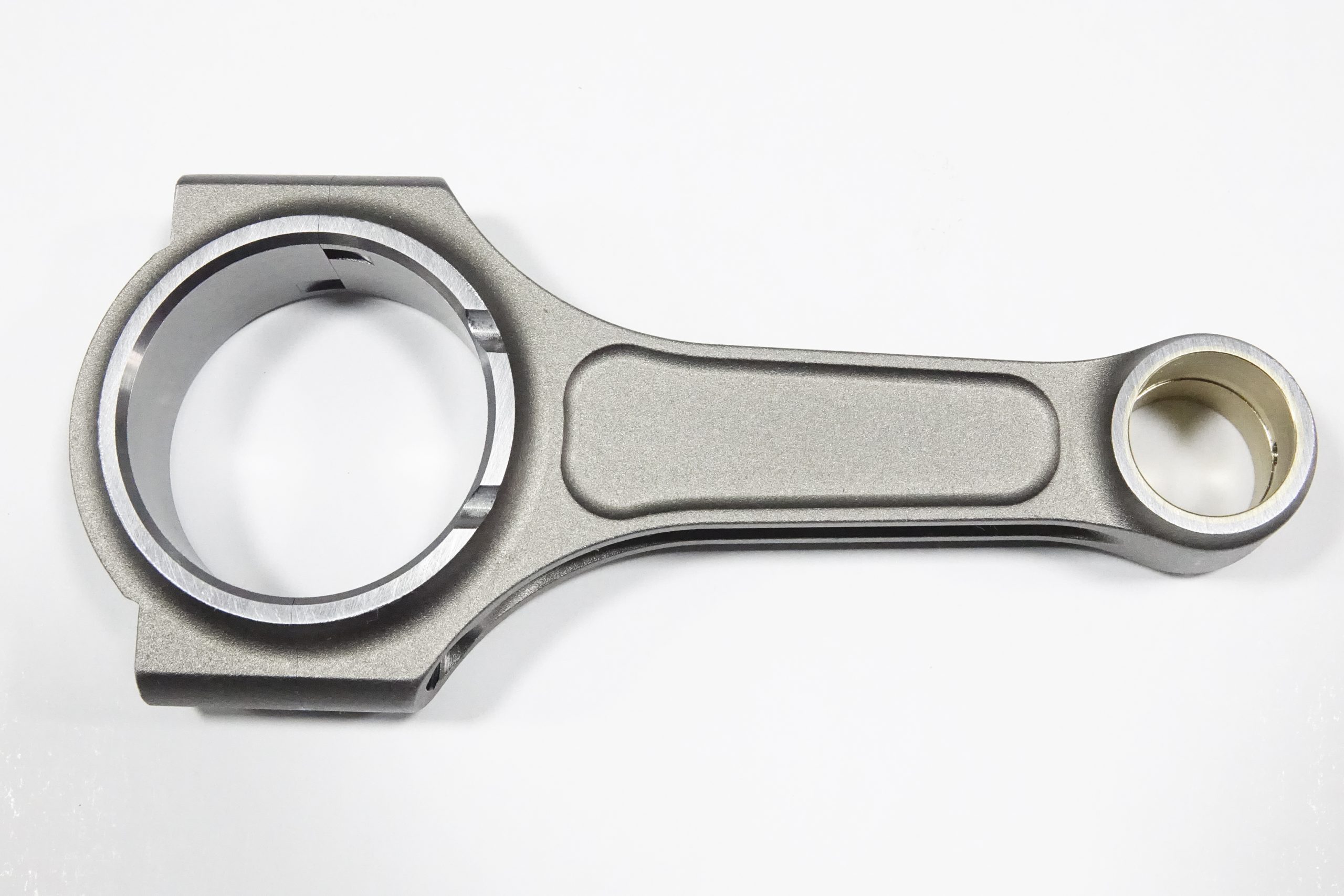Connecting Rod Conundrums is a topic that has fascinated many automotive enthusiasts and engineers. The connecting rod is a crucial component in internal combustion engines, playing a pivotal role in converting the linear motion of the piston into the rotary motion of the crankshaft. Despite its importance, many people are still unaware of how it affects overall engine performance.
In this article, we will explore the various factors that influence connecting rod performance, including material selection, design, and manufacturing techniques. By understanding these aspects, we can make informed decisions to improve engine efficiency and longevity.
The material used to manufacture a connecting rod can have a significant impact on its performance. Common materials include steel, aluminum, and titanium. Each material has its own set of advantages and disadvantages, which must be carefully considered when designing an engine.
Steel is the most widely used material for connecting rods due to its high strength and durability. However, steel is also relatively heavy, which can lead to increased inertia and reduced engine responsiveness. Aluminum, on the other hand, is lighter and offers better thermal conductivity, but it may not provide the same level of strength as steel. Titanium offers the best of both worlds, providing excellent strength and light weight, but it can be more expensive to manufacture.

Design considerations are another critical aspect of connecting rod performance. The shape, dimensions, and overall design of a connecting rod can affect the stress distribution, weight, and overall durability of the component. Engineers must balance these factors to achieve the best possible performance while minimizing the risk of failure.
Advanced manufacturing techniques have also played a significant role in the evolution of connecting rod technology. Modern processes, such as precision forging, powder metallurgy, and metal injection molding, have enabled the production of connecting rods with tighter tolerances and improved material properties. These advancements have resulted in stronger, more reliable components that can better withstand the harsh operating conditions found in high-performance engines.
In conclusion, the connecting rod is an essential component that directly influences engine performance. By understanding the factors that affect connecting rod design and performance, we can make informed decisions when building or modifying engines for maximum efficiency and durability. From material selection to advanced manufacturing techniques, the world of connecting rods is an intriguing and ever-evolving field, which continues to push the boundaries of automotive technology.
